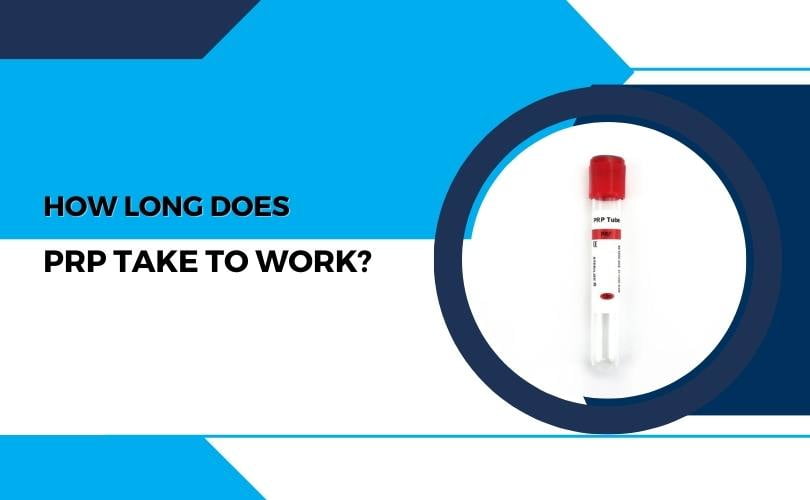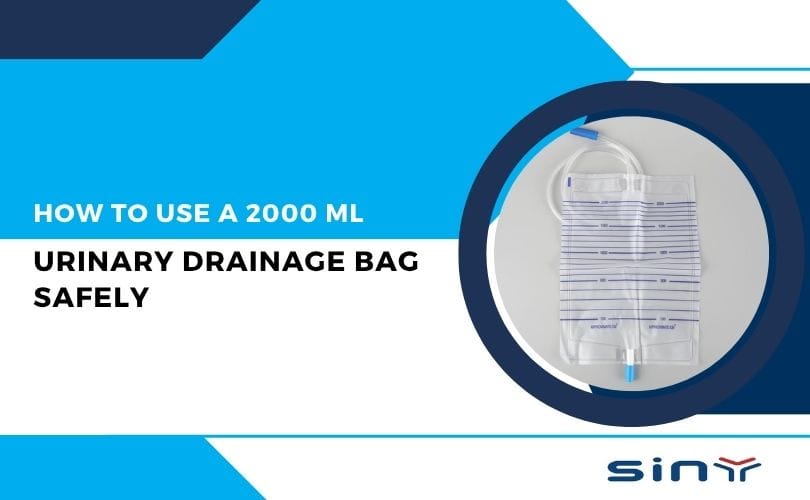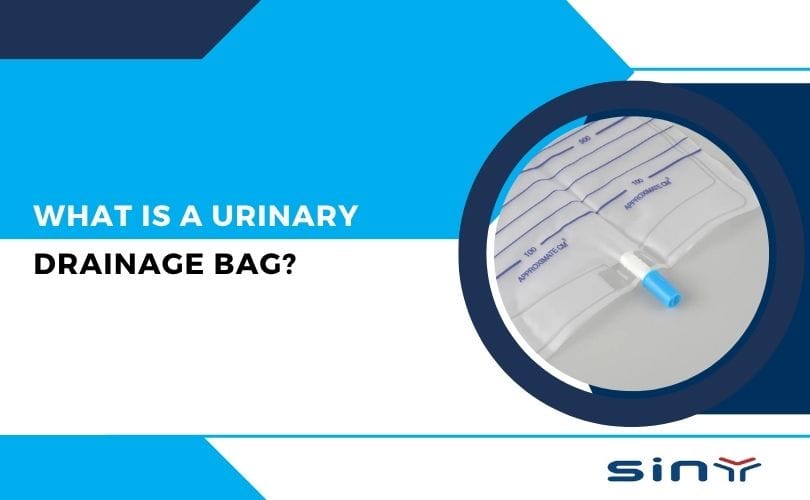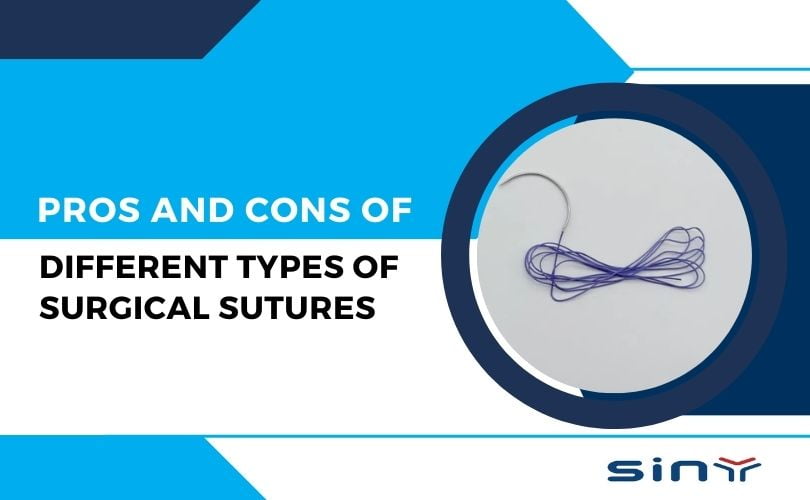Platelet-Rich Plasma (PRP) therapy has emerged as a popular treatment option for various medical and aesthetic conditions. Patients often wonder about the timeline for the results of PRP therapy. In this comprehensive guide, we will explore the efficacy of PRP treatment and how long it takes to experience its benefits.
Table of Contents
- 1 Introduction
- 2 What is Platelet-Rich Plasma (PRP) Therapy?
- 3 How Does PRP Therapy Work?
- 4 Understanding Platelet-Rich Plasma (PRP) Therapy
- 5 The Mechanism behind PRP Therapy
- 6 The PRP Treatment Process
- 7 The Timeframe for PRP Results
- 8 Factors Affecting PRP Efficacy
- 9 What to Expect During and After PRP Treatment
- 10 PRP Therapy in Aesthetics
- 11 Common Misconceptions about PRP Therapy
- 12 FAQs about PRP Therapy
Introduction
Platelet-Rich Plasma (PRP) therapy has recently gained popularity as a natural and effective treatment option for various medical and aesthetic conditions. But, like any medical procedure, patients often want to know how long it takes for PRP to work. This article will delve into the details of PRP therapy and its timeline for results.
What is Platelet-Rich Plasma (PRP) Therapy?
Platelet-Rich Plasma (PRP) therapy is a medical treatment that uses a concentration of platelets from the patient’s blood to promote healing and tissue regeneration.Various medical specialties, including orthopedics, dermatology, and sports medicine, have widely used it.
How Does PRP Therapy Work?
In PRP Tube therapy, the medical professional takes a small amount of blood from the patient and then separates the platelets and growth factors from the other blood components during the blood processing. Injecting concentrated platelet-rich plasma into the affected area encourages the body’s inherent ability to mend itself.

Understanding Platelet-Rich Plasma (PRP) Therapy
PRP Tube Manufacture therapy involves using a concentrated form of platelets from the patient’s blood to promote healing and tissue regeneration. This natural approach, with promising results, has found employment across different medical specialties, ranging from orthopedics to dermatology.
The Mechanism behind PRP Therapy
A small sample of the patient’s blood is drawn and processed in a centrifuge to isolate the platelets and growth factors during the PRP procedure. The resulting PRP is then injected into the targeted area, stimulating the body’s inherent healing process.
Conditions Treated with PRP Therapy
PRP therapy has demonstrated positive outcomes in treating a variety of conditions. It has shown efficacy in addressing osteoarthritis and joint pain, tendonitis and tendon injuries, ligament sprains and tears, chronic wounds and ulcers, alopecia and hair loss, acne scars and skin rejuvenation.
The PRP Treatment Process
The PRP treatment process involves two primary steps: preparation and administration.
Preparation
The first step of PRP therapy involves drawing a small amount of blood from the patient’s arm. The centrifuge then places this blood sample and spins it to separate the platelets and growth factors from the other blood components.
Administration
The sentence is already in the passive voice, so there is no need to convert it. This targeted delivery of platelets and growth factors enhances the body’s natural healing mechanisms.
The Timeframe for PRP Results
The timeline for PRP results can vary depending on individual factors and the nature of the condition being treated.
Short-Term Effects
In the immediate aftermath of PRP treatment, patients may experience mild swelling, redness, and discomfort at the injection site. However, these effects are typically short-lived and should resolve within a few days.
Long-Term Effects
While some patients may notice improvements within a few weeks after the first treatment, it is essential to remember that PRP therapy is a gradual process. Long-lasting and optimal results often require several weeks or months.
Factors Affecting PRP Efficacy
Several factors can influence the efficacy of PRP therapy.
Age and Health of the Patient
Younger and healthier individuals tend to respond more favourably to PRP treatment and blood test, as their bodies possess higher regenerative capabilities.
The Severity of the Condition
The length of time it takes to see noticeable benefits can vary depending on the kind and severity of the injury or ailment being treated.
Number of PRP Sessions
A PRP tube for beauty session may be sufficient for some patients to achieve the desired outcome. However, others may require multiple sessions, especially for chronic or severe conditions.
Post-Treatment Care
Proper post-treatment care, including rest and rehabilitation, plays a crucial role in determining the success of PRP therapy.
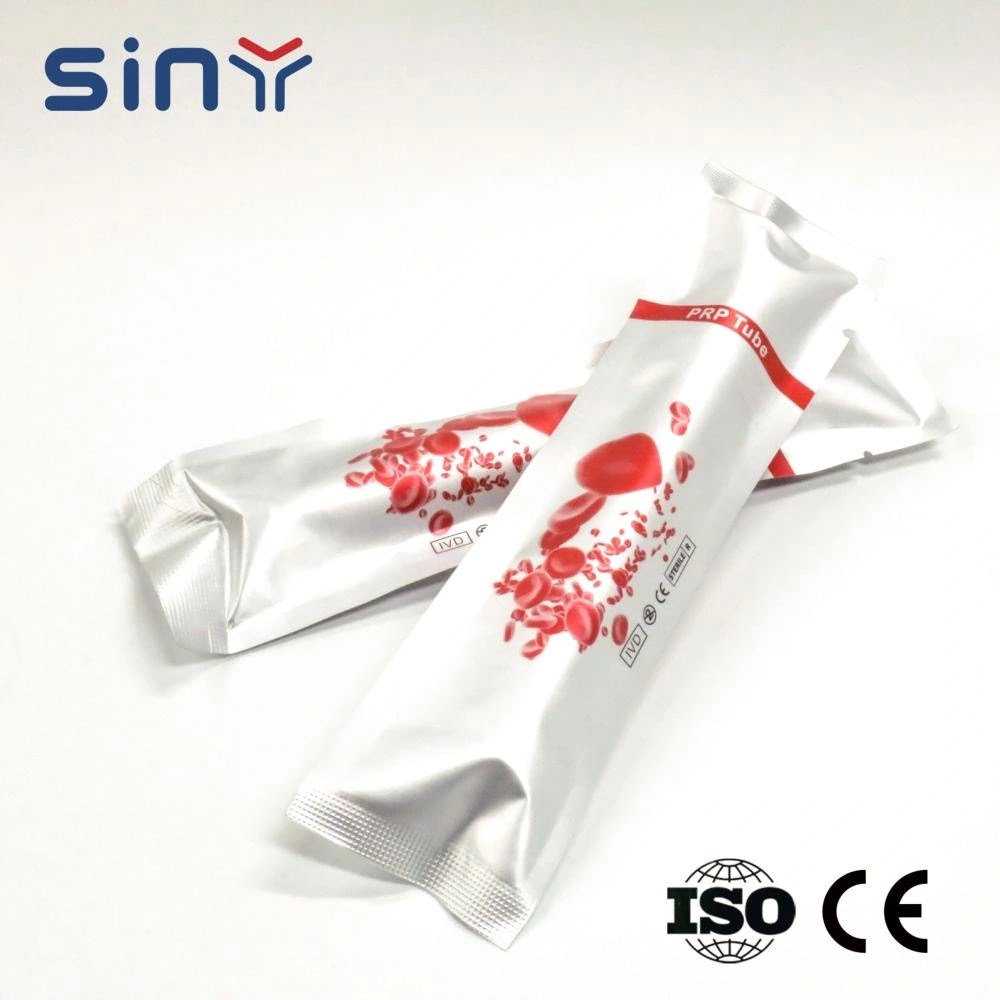
What to Expect During and After PRP Treatment
Pain and Discomfort
Most patients experience minimal discomfort during the PRP injection, which can be managed with over-the-counter medications.
Recovery and Downtime
Recovery time after therapy is generally short, allowing patients to resume normal activities the same day or the day after the procedure.
PRP Therapy in Aesthetics
PRP for Skin Rejuvenation
In aesthetics, PRP is utilized for facial rejuvenation, aiming to improve skin texture, tone, and the appearance of fine lines and wrinkles.
PRP for Hair Restoration
PRP has shown promising results in stimulating hair growth and addressing thinning hair for individuals dealing with hair loss and PRP Tube for Hair Treatment.
Common Misconceptions about PRP Therapy
PRP as a “Quick Fix”
It is crucial to understand that PRP therapy is not a quick fix. Instead, it is a natural and gradual process, necessitating patience for optimal results.
PRP Results are Immediate and Permanent
While some patients may experience early improvements, long-term and lasting results often require consistent follow-up treatments.
Conclusion
Platelet-Rich Plasma (PRP) therapy has emerged as a promising and natural treatment option for various medical and aesthetic conditions. This innovative procedure utilizes the patient’s blood components to stimulate healing and tissue regeneration. The timeline for experiencing the benefits of PRP therapy may vary depending on individual factors and the nature of the condition being treated.
Short-term effects, such as mild swelling and discomfort at the injection site, are usually temporary and subside within a few days. However, for long-lasting and optimal results, patients should be prepared to allow several weeks to months for the full effects of PRP therapy to manifest.
Several factors can influence the efficacy of PRP treatment, including the patient’s age, overall health, the severity of the condition, the number of PRP sessions, and post-treatment care. Younger and healthier individuals respond better to PRP therapy, while chronic or severe conditions may require multiple sessions.
PRP tube manufacture extends its benefits to both medical and aesthetic applications. It has shown promise in treating joint pain, tendon injuries, chronic wounds, hair loss, and acne scars. In aesthetics, PRP is commonly used for facial rejuvenation and hair restoration.
FAQs about PRP Therapy
10.1. How long does PRP take to work for joint pain?
PRP takes time to work for joint pain. Short-term improvements can be expected after the procedure. However, full benefits are usually experienced over several weeks to months.
10.2. Can PRP therapy be used for sports injuries?
PRP therapy is commonly used to treat sports-related injuries such as tendonitis and ligament sprains.
10.3. Is PRP treatment effective for acne scars?
PRP treatment has shown promising results in improving the appearance of acne scars and promoting skin rejuvenation.
10.4. Are there any side effects of PRP therapy?
PRP therapy is generally considered safe, with minimal risk of side effects. Mild discomfort and temporary redness are common at the injection site.
10.5. How many PRP sessions are usually needed for optimal results?
The number of PRP sessions required can vary depending on the condition.


